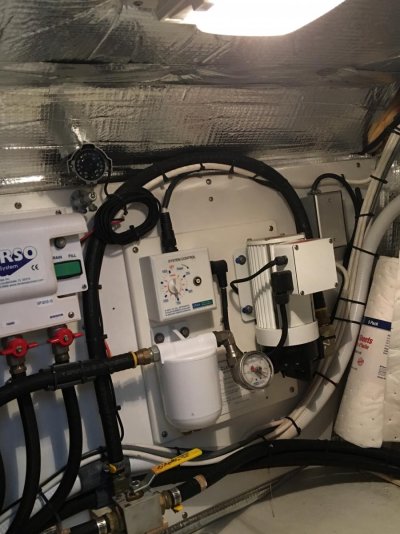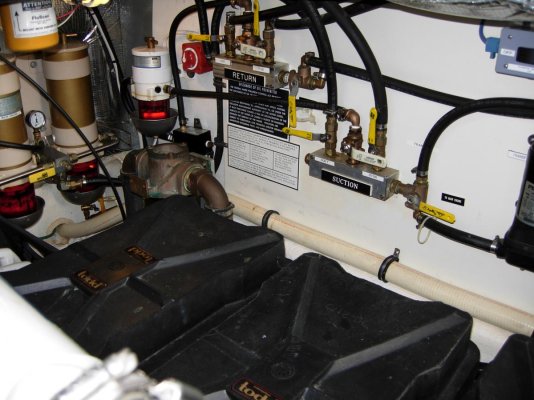Pdxstriper
Veteran Member
- Joined
- Nov 27, 2019
- Messages
- 99
- Location
- United States
- Vessel Name
- Hot Tuna
- Vessel Make
- 2002 American Tug 23 #24
Hi,
I am getting close to deciding that a Nordic Tug 37 to 42 may be right for me. Budget-wise I am probably looking for a 15+ year old boat. My last boat had twin diesels and so I am experiencing the no-doubt common concerns about keeping that one engine running. So I've been researching fuel polishers.
I've seen some Nordic Tugs on ad that have fuel polishers so others have crossed this bridge before. I'd appreciate any and all thoughts on:
1) what system did you choose and why?
2) are you happy with it?
3) how complex was the installation?
4) what did it cost you?
5) would you install a fuel polishing system on your next boat and would you use the same system?
Thanks. Sorry I guess I ask a lot of questions. I was always that kid in class that asked all the questions. I can't help it.
Pete
I am getting close to deciding that a Nordic Tug 37 to 42 may be right for me. Budget-wise I am probably looking for a 15+ year old boat. My last boat had twin diesels and so I am experiencing the no-doubt common concerns about keeping that one engine running. So I've been researching fuel polishers.
I've seen some Nordic Tugs on ad that have fuel polishers so others have crossed this bridge before. I'd appreciate any and all thoughts on:
1) what system did you choose and why?
2) are you happy with it?
3) how complex was the installation?
4) what did it cost you?
5) would you install a fuel polishing system on your next boat and would you use the same system?
Thanks. Sorry I guess I ask a lot of questions. I was always that kid in class that asked all the questions. I can't help it.
Pete

 as mentioned by Ted and Keith - today's diesel is pretty clean when purchased from reputable sources.
as mentioned by Ted and Keith - today's diesel is pretty clean when purchased from reputable sources.




